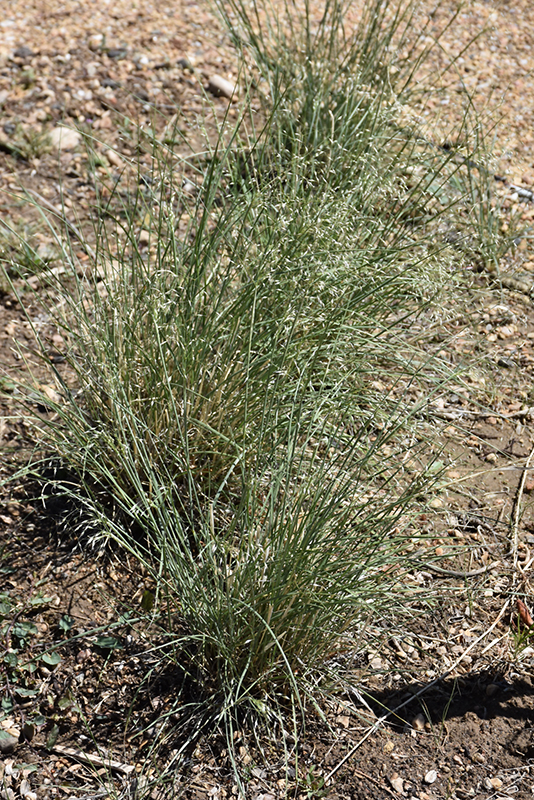Plant Height: 18 inches Flower Height: 30 inches Spread: 30 inches
Sunlight:
Hardiness Zone: 3 Other Names: Rice Grass, Indian Millet, Sandgrass Description: This fine-textured bunchgrass produces stunning silvery white plumes in early summer that mature to tan, and persist into winter; very drought tolerant; used in land reclamation; sways beautifully in a breeze; a graceful addition to the landscape Ornamental Features Indian Ricegrass features airy plumes of white flowers with silver edges held atop the stems from late spring to mid summer. Its attractive grassy leaves are light green in color. As an added bonus, the foliage turns a gorgeous tan in the fall. The tan seed heads are carried on showy plumes displayed in abundance from late summer to late winter. Landscape Attributes Indian Ricegrass is a dense herbaceous perennial grass with a shapely form and gracefully arching stems. It brings an extremely fine and delicate texture to the garden composition and should be used to full effect. This is a relatively low maintenance plant, and is best cleaned up in early spring before it resumes active growth for the season. It is a good choice for attracting birds to your yard. Gardeners should be aware of the following characteristic(s) that may warrant special consideration; Indian Ricegrass is recommended for the following landscape applications; Planting & Growing Indian Ricegrass will grow to be about 18 inches tall at maturity extending to 30 inches tall with the flowers, with a spread of 30 inches. Its foliage tends to remain dense right to the ground, not requiring facer plants in front. It grows at a slow rate, and under ideal conditions can be expected to live for approximately 20 years. As an herbaceous perennial, this plant will usually die back to the crown each winter, and will regrow from the base each spring. Be careful not to disturb the crown in late winter when it may not be readily seen! This plant does best in full sun to partial shade. It is very adaptable to both dry and moist growing conditions, but will not tolerate any standing water. It is considered to be drought-tolerant, and thus makes an ideal choice for a low-water garden or xeriscape application. This plant does not require much in the way of fertilizing once established. It is not particular as to soil pH, but grows best in sandy soils, and is able to handle environmental salt. It is highly tolerant of urban pollution and will even thrive in inner city environments. This species is native to parts of North America. It can be propagated by division.![]()
![]()
![]()
![]()
![]()
![]()
![]()
![]()
![]()
![]()
![]()
![]()
![]()
![]()
![]()
Characteristics
Applications
Ornamental Features
This guide is an online resource representing many of the varieties that we carry over the course of the season, and is intended for informational purposes only. Inventory varies seasonally, so we cannot guarantee that every plant will be in stock at all times - please contact the store directly for current availability. It does not include our entire selection of plants, so be sure to visit our store to see varieties that may not be represented on this list.


